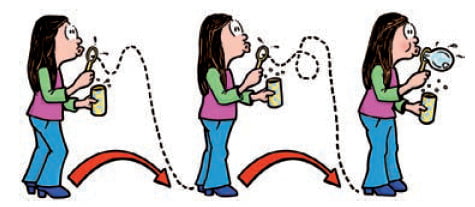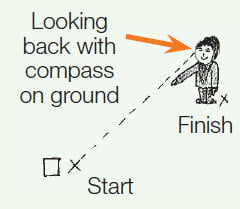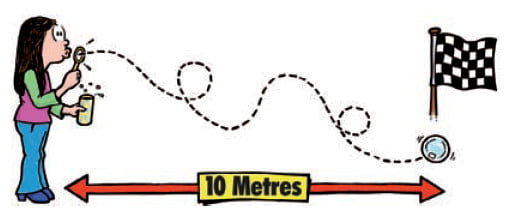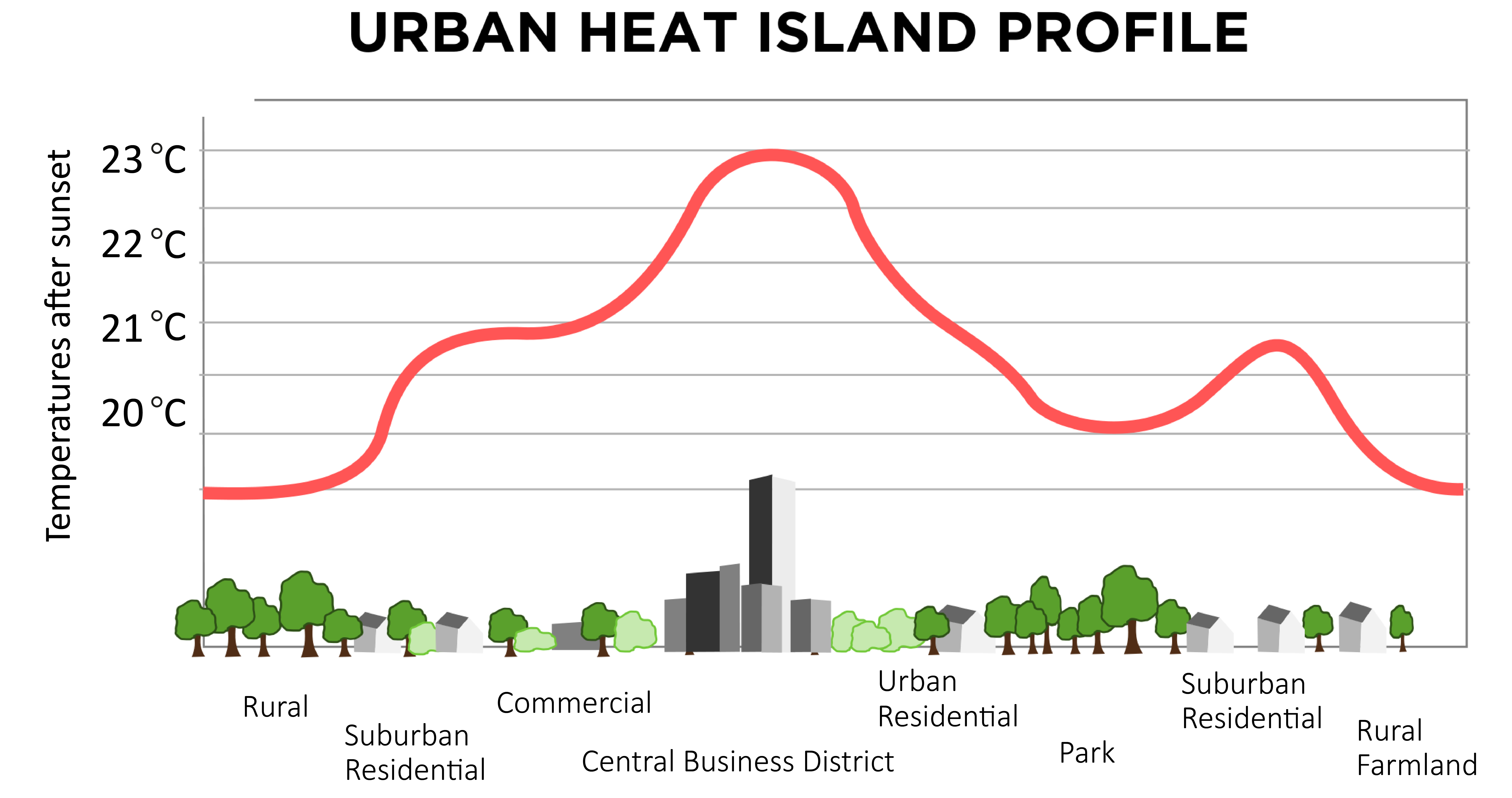How to measure wind speed and direction using bubbles
Equipment
- Bubble blowing kit
- Stopwatch or phone
- Compass or compass app
Bubble Chase to Measure Wind Direction
- Place a marker at your start location. Choose an area of open ground which is safe and away from roads.
- Blow some bubbles then pick one to follow.
- Chase your chosen bubble, without getting in its way, until it pops or floats somewhere you cannot follow.
- Blow another bubble from where you end up and follow that one.

Wherever you end up, look back at where you have come from.
Now use your compass to work out the direction back to the starting point. This will give you the wind direction, because wind direction refers to where the wind is blowing from.
Repeat a few times if possible.
Remember: wind direction is the direction wind is blowing from.
Turbulence: If you are in an area where there is a lot of turbulence the bubbles may not move very far from the release point, or may go all over the place!
Bubble Race to Measure Wind Speed
 Two people are needed for this: a ‘blower’ to blow bubbles and a ‘timer’ to time them using a stopwatch or watch.
Two people are needed for this: a ‘blower’ to blow bubbles and a ‘timer’ to time them using a stopwatch or watch.
- Place a marker at your start location and another marker 10 metres away (about 10 adult paces) in the general direction the wind will carry the bubbles. This is your finishing line. If the wind is very light you can use a shorter distance.
- The blower blows some bubbles and the timer picks one to follow.
- The timer uses the stopwatch or watch to measure how long it takes the bubble to reach the finishing line.
- Calculate the wind speed by dividing 10 metres by the time the bubble takes to cover that distance. So if the time it takes is 5 seconds, then the windspeed is 10 ÷ 5 = 2 metres per second.
- Repeat a few times and find the average time.
Developed with the Field Studies Council.



